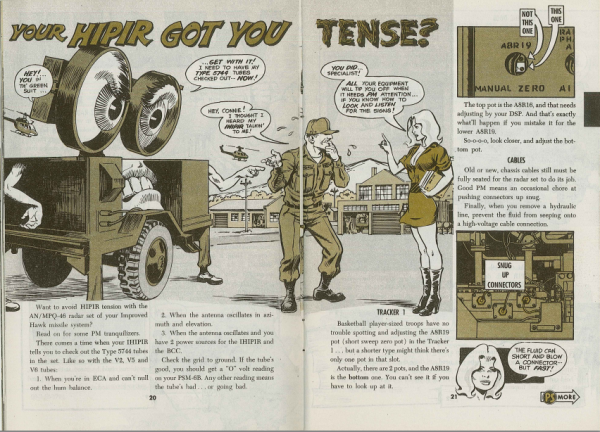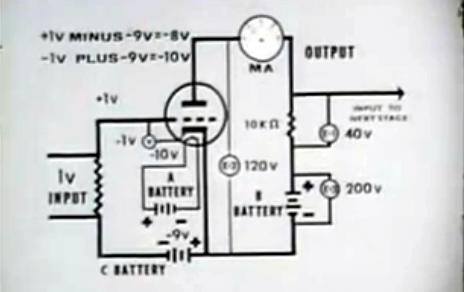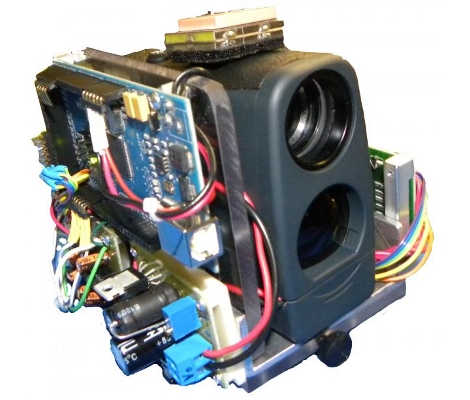Whether you’ve been following Retrotechtacular for a while or have firsthand experience with the U.S. Army, you know that when they want to teach something to a someone, they’ll get the job done in spades with a side of style. The era between WWII and the Vietnam War was a golden age of clear, simple instruction that saw the Army use memorable material to teach a wide array of topics. And speaking of golden ages, the Army found success with comic book-style instructional magazines drawn chiefly by [Will Eisner] of Spirit fame.
 The first of these rags was called Army Motors, which premiered in 1940. It introduced several memorable characters such as a Beetle Bailey-esque bumbling soldier named Private Joe Dope, and no-nonsense gal mechanic Connie Rodd, a sharp cookie who’s as brainy as she is buxom. Educational and entertaining in equal parts, the magazine was pretty well received.
The first of these rags was called Army Motors, which premiered in 1940. It introduced several memorable characters such as a Beetle Bailey-esque bumbling soldier named Private Joe Dope, and no-nonsense gal mechanic Connie Rodd, a sharp cookie who’s as brainy as she is buxom. Educational and entertaining in equal parts, the magazine was pretty well received.
Its successor, known simply as P.S. started its run around the beginning of the Korean War in June 1951. These magazines were intended as a postscript to the various equipment maintenance manuals that soldiers used. They offered all kinds of preventive maintenance procedures as well as protips for Army life. The eye-catching depictions of Connie Rodd demanded soldiers’ attention while the anthropomorphic equipment illustrations encouraged them to listen to what their equipment told them.
Additional artists including [Joe Kubert] and [Dan Spiegle] were brought in to produce P.S. on a monthly basis. As the years marched on, the magazine’s character base expanded to include representatives of other military branches solving specialized problems. The bumbling idiot types were 86’d pretty early on, but cheesecake was served well into the 1970s.
Did we mention that they’re still making P.S.? Here’s the February 2015 issue and a friendly PDF warning.
Thanks for the tip, [Itay]!
Retrotechtacular is a weekly column featuring hacks, technology, and kitsch from ages of yore. Help keep it fresh by sending in your ideas for future installments.













